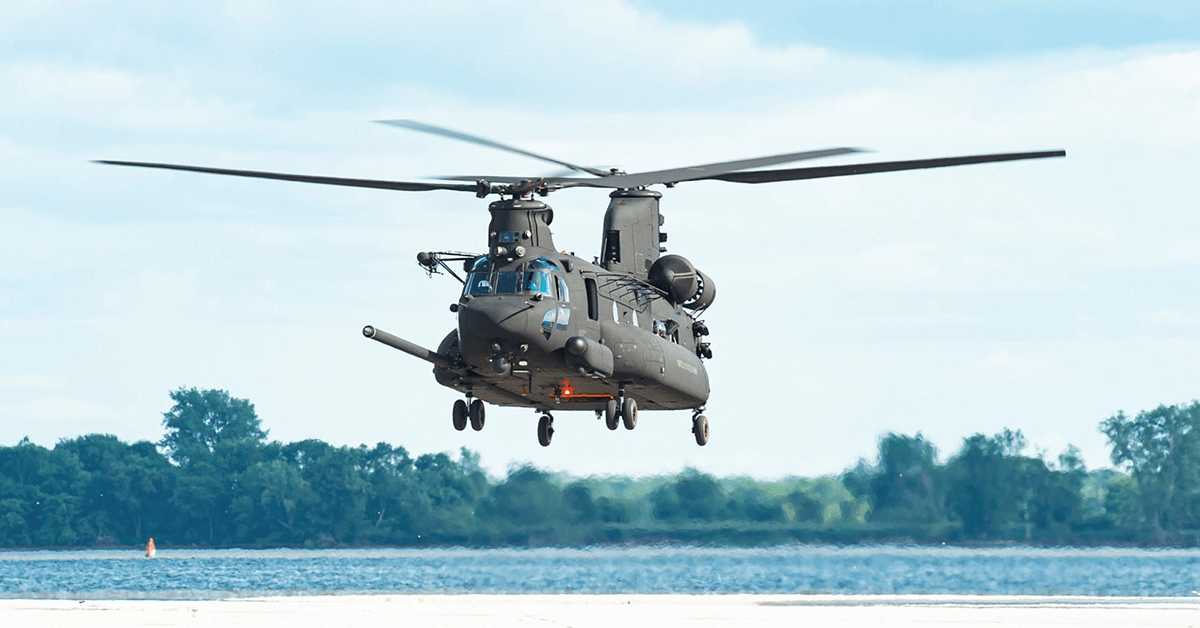 U.S. Special Operations Command’s top unfunded priority is to equip C-130s with lasers, according to Lt. Gen. Brad Webb of Air Force Special Operations Command. Currently, command has money for only “the first steps” of the project, he said.
U.S. Special Operations Command’s top unfunded priority is to equip C-130s with lasers, according to Lt. Gen. Brad Webb of Air Force Special Operations Command. Currently, command has money for only “the first steps” of the project, he said.
AFSOC wants to install a moderately low kilowatt laser in order to prove the concept and then “go from there,” Webb told an Air Force Association-sponsored conference Thursday.
AFSOC can increase the power of the laser after it proves accurate and effective in the testing phase. œWe need to have this proof of concept, he said. œLet™s get a layup out of the chute and then we can take this step-by-step.
œThere are a lot of vendors that are really contributing to and continue to push that technology along, said Webb.
U.S. Special Operations Command will need funding for the testing phase of the project.
Policymakers will have to decide the rules of engagement as lasers become cheaper and more accurate and mobile, Webb said.
œAt some point a policy discussion is going to have to be had on where and how can you use a laser and where and where and how can you not,” said Webb. “But I think that™s a discussion to be had further down the road.
The Army is currently working on increasing their laser weapons power tenfold and mounting lasers on more mobile units. The Navy has deployed a laser, and gave the captain of an amphibious transport in the Persian Gulf permission to use the laser as a defensive weapon.
Webb stressed that “an offensive capability” is what AFSOC is “looking for.”





